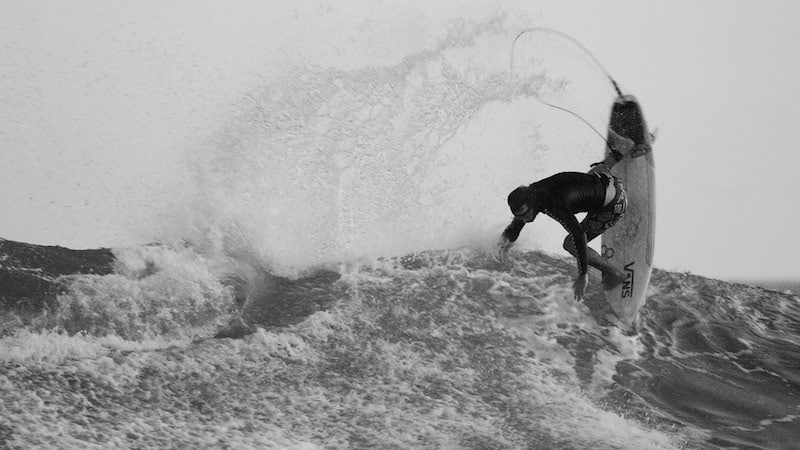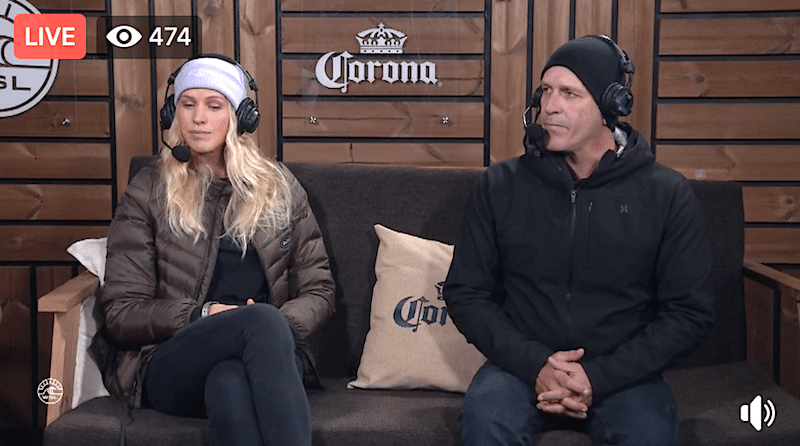Great for writing or taking your pants off!
Have you ever thought about giving up? Just walking out of your job, walking out of your automobile lease, walking out of your home/apartment and starting over in Australia’s bucolic Byron Bay? Of course you have. Byron Bay is home to many sexy things like koalas and eucalyptus trees and men who don’t wear pants.
It is also home to Wade Goodall’s ex-home and you YOU can use your automobile lease money and forgotten mortgage/rent payment and slide right in there. Let us read about it.
Professional surfer Wade Goodall and wife Jane are selling their Byron Bay hinterland home.
But they’re not venturing far from their current Bangalow base.
The couple, who have two daughters Violet and Jane, have recently secured a larger block just nearby where they are going to a build a new house.
McGrath Ballina agents Braden and Andrea Walters have a guide of between $1,075,000 to $1.15 million for its August 4 auction.
Wade, who was born in Bangalow, began surfing after watching VHS videos of his father.
He was signed to Billabong when he was 11, spending over 15 years with the popular surf label before he broke both his legs in quick succession.
He has been an ambassador with fashion label Vans.
The couple previously had a 1980s beach house at Moffat Beach.
When moving down from the Sunshine Coast to Bangalow, Goodall said “I’m surrounded by the most beautiful green hills and there’s waves every day”.
Back in 2003 they spent $300,000 on a 690 square metre Palm-Lily Crescent land parcel, set some 13 kilometres inland from the Byron Bay coast.
Their home was built in the classic Queenslander style, set behind a white picket fence.
The modern family home with timber floors and white decor features a rear and front verandah.
It has three bedrooms, two bathrooms, a stone bench kitchen and a study nook.
Bangalow house prices have ranged from $700,000 up to $1,695,000 this year.
A tightly-held original Bangalow farmhouse, built around 1910 for the Fowler family, sold last weekend at $1.23 million through Elders agent Duncan Lorimer.
The cottage on a 9133 square metre Fowlers Lane holding came with a $950,000 to $1,045,000 price guide.
Steven Dover set the $4,575,000 record price in 2011.
That was lots too much information but guess what I did today? After podcasting with David Lee Scales I had lunch, at Moto Deli in Leucadia, with Jamie Brisick! He has been one of my writing heroes for years and years and years but I had never met him until today. He not only lived up to my lofty expectations…he far exceeded them.
Who needs Byron when you have Jamie?

Oh. Wait. It looks soothing.









